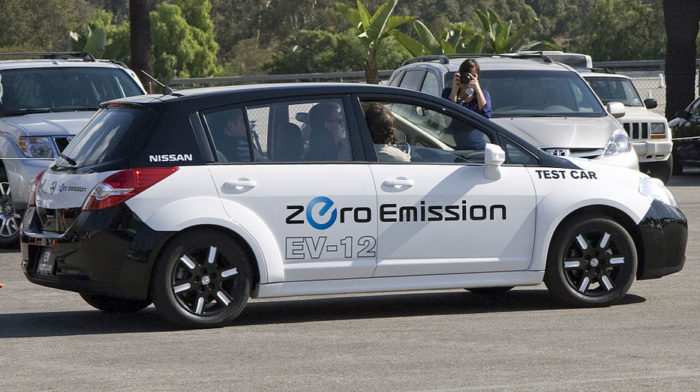
Image Credit: Wikimedia Commons
The batteries that power electric vehicles like the Nissan Leaf and Chevy Volt still have as much as 80 percent of their storage capacity when they’re replaced, and figuring out what to do with them has been a headache for manufacturers.
These used batteries are no longer strong enough to run a vehicle, but unlike the cars themselves, they are difficult to take apart and recycle. Now both Nissan and General Motors have come up with a solution that not only solves, or at least delays, the recycling issue but offers businesses a way of reducing their power bills.
The New York Times reports that Nissan has just formed a partnership with Green Charge Networks to use old Leaf batteries in stationary storage systems designed to reduce the “demand charges” that businesses pay utilities.
As Green Charge explains at its website, demand charges represent as much as 50 percent of the power bill for a typical business. While residential customers pay only for the power they use, business also pay for the highest amount of power they use at any time during the billing cycle. This helps utilities defray the cost of building and maintaining the grid, which must be designed to meet peak loads.
Businesses and institutions that have battery banks to even out their use of electricity and lower their peak demands on the grid can save money, and that’s where the electric vehicle batteries come into play. Green Charge will use the Leaf batteries to build these systems, and General Motors says it will develop a similar system for used Volt batteries and sell it on its own.
Supply of batteries still inconsistent
Because sales of electric vehicles are still small, there isn’t a steady supply of the batteries available to Green Charge and others with the same idea. But the idea is promising.
General Motors is using five Volt batteries to help power a data center that’s part of its testing facility, The Times said. Photovoltaic panels and two wind turbines produce electricity at the net-zero energy facility, and the batteries can either store or deliver energy, depending on the need. The Volt batteries hold enough electricity to power the system for four hours.
The first of the Nissan-Green Charge systems, which incorporates four Leaf batteries, will be installed at a Nissan facility later this summer to reduce peak demands, the newspaper said, and the systems are apparently now ready for the commercial market.
While Leaf and GM are finding ways to repurpose old batteries, Tesla and Mercedes-Benz both have announced plans for battery storage systems for residential and business use that incorporate new lithium-ion batteries. The battery systems are built on technology developed for electric vehicles.
Lots of life left in Leaf batteries
Vic Shao, the founder and CEO of Green Charge, said Leaf batteries have a capacity of 24 kWh when new, so at 80 percent of that when they’re repurposed they would still be able to produce nearly twice the power as the larger of the two Tesla batteries, a 10 kWh model.
The number of batteries and other parts of the system can be scaled to meet the customer’s needs.
Shao said the systems would be commercially available in the 4th quarter of the year. He did not discuss pricing, but pointed out that Green Charge doesn’t sell the battery system to its commercial customers as a stand-alone package. Rather, they engineer and install the system and then split the savings with the site host. The batteries have a 10-year guaranteed life span when Green Charge acquires them from Nissan.
Because of very high demand charges for commercial customers, the systems can produce big savings. But Shao said he didn’t see the same opportunity for the residential market right now.
“I struggle with that question myself,” he said. “I believe there are certain niche residential applications available on the market today perhaps. I would say for the majority of the U.S. population, grid power is reliable and cheap and there is not really a particular need for home-based energy storage, at least economically speaking. Consumers may decide to buy home energy storage systems for other reasons other than economics.”
Green Charge now has more than 20 systems installed and running now, and close to 200 customers who are contracted in design, engineering and construction.
Weekly Newsletter
Get building science and energy efficiency advice, plus special offers, in your inbox.





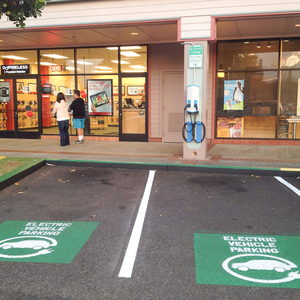
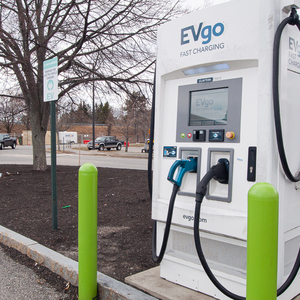
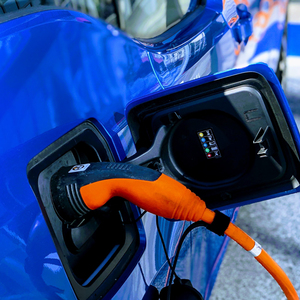
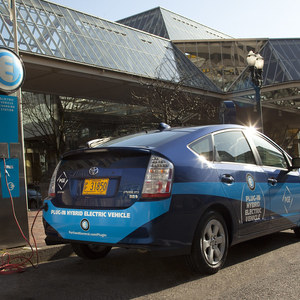






2 Comments
Price is everything
Let us hope these used batteries are truly cheaper per kwh than the Tesla powerpaks. The tesla unit is 100kwh for $25,000. 5000cycles to 80% remaining capacity, which leaves them in the same condition as these leaf batteries. At 5000 cycles it comes in at 5cents kwh for Tesla. The nissan batteries will definitely have to be cheaper per kwh. If they are 4cents kwh that fellow who is selling them might have to rethink the math for residential use, he seems to think they are not economical on the U.S. Grid but in New England, where some prices are 19cents kwh there may be a case for storing your own pv production rather than selling back to the grid. It will depend as well on pv price installed of course and any feed in tariff policy, but if pv can come in at 12 centskwh rooftop and battery is 4 cents that is combined price of 16 cents kwh.... so, since they are reluctant to disclose the price, I will speculate no further.
But in New England it's all net-metered
There is no case for self-storage of local PV in New England, since so far it's all net-metered at retail. Where it makes the most financial sense behind the meter is in commercial & industrial applications where the ratepayer is assessed a "demand charge" for the highest half-hour or hourly draw during a billing period, independent of total energy use. These peak draws are what drives grid infrastructure costs, and demand charges are a reasonable way of recouping the cost from the customers driving it. Those charges are often more than half of the total bill. But with behind the meter batteries and (only a bit of) smart control the customer can cost-effectively lower the peak draws from the grid, and dramatically lower the demand-charge fraction of the bill.
Used EV batteries are a fraction of the cost of a new EV battery or a new grid-battery, which is why the economics of re-purposing them are (and will continue to be) favorable for these types of applications. With an EV battery the peak output during acceleration and the total depth of cycling are 3-10x more than what would be necessary for a demand-charge reduction or peak grid-load shaving applications. Even if the battery has degraded to where it's no longer useful as an EV battery it still has plenty of "second life" value as a grid battery, on either side of the meter.
Log in or create an account to post a comment.
Sign up Log in